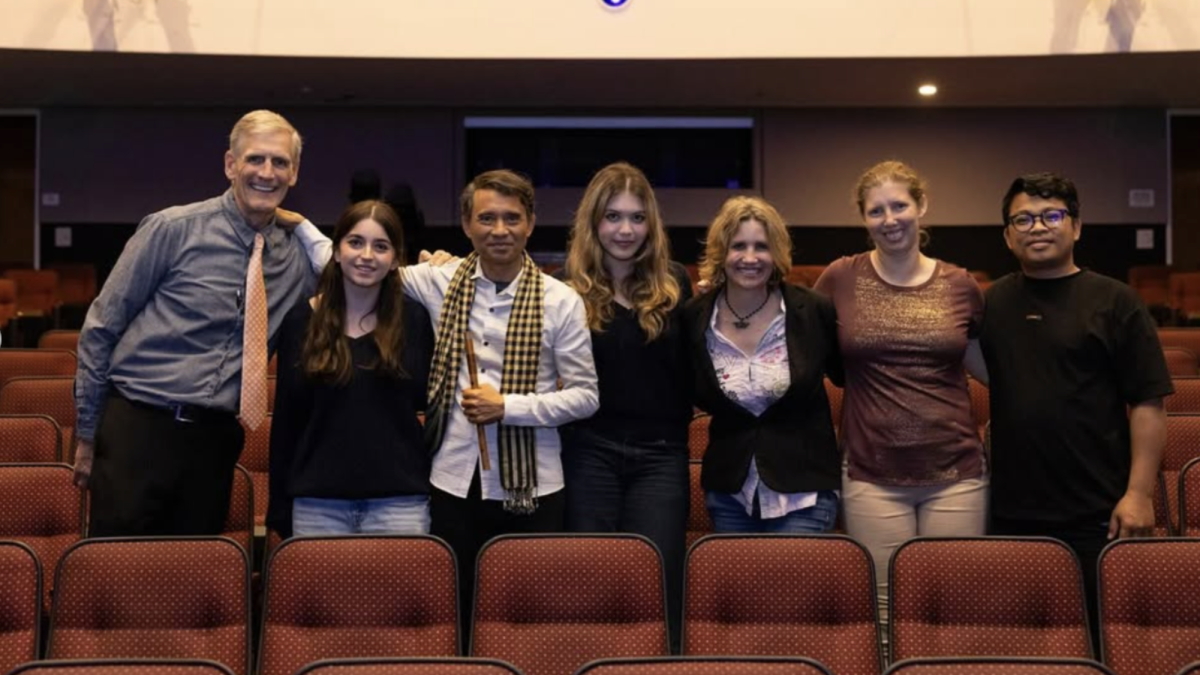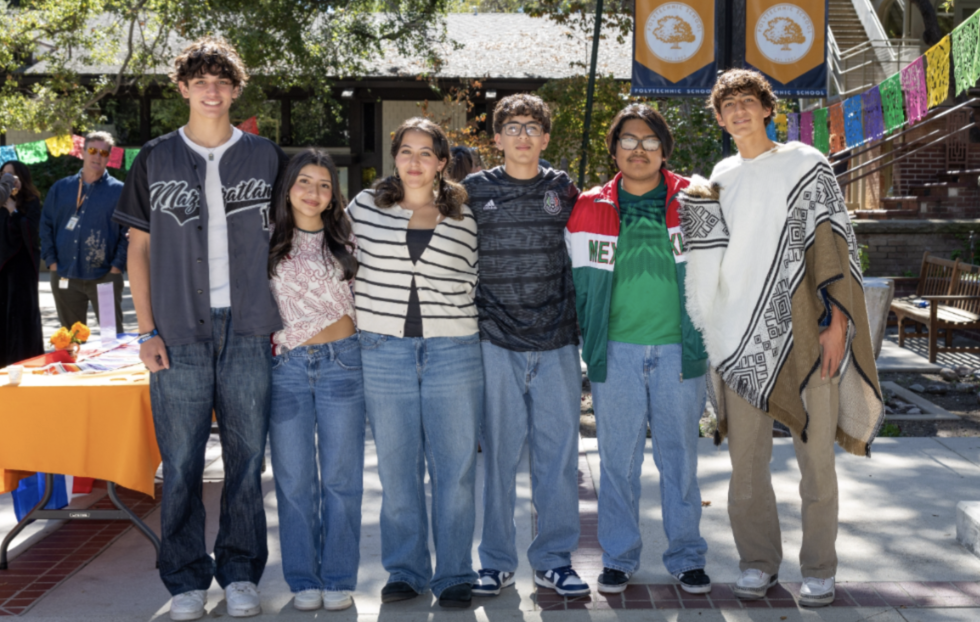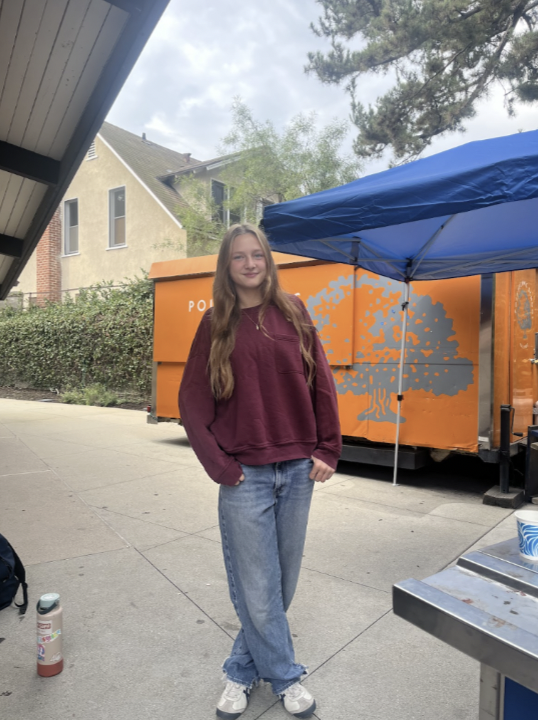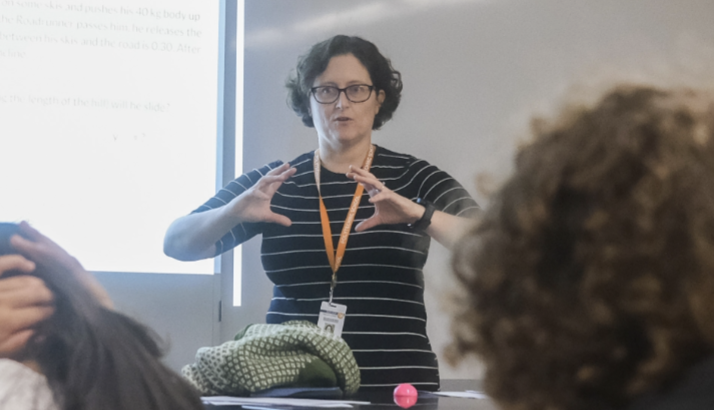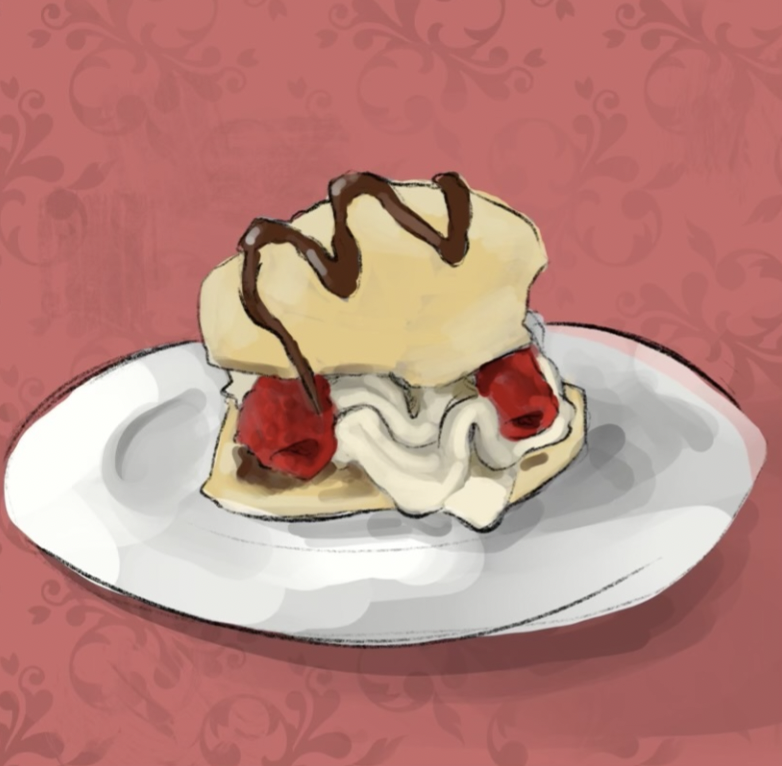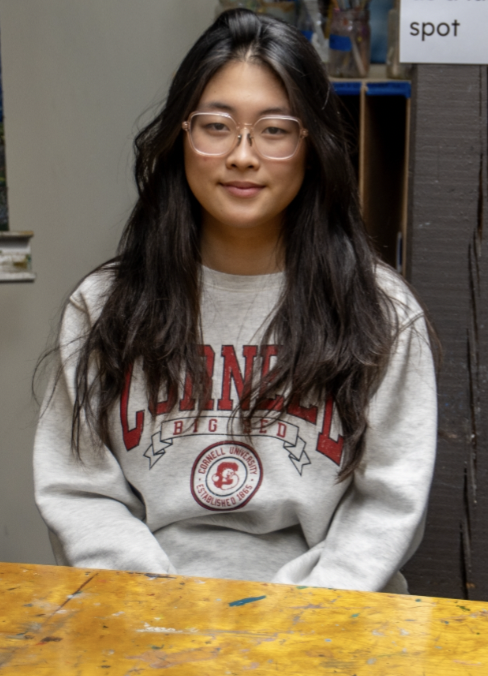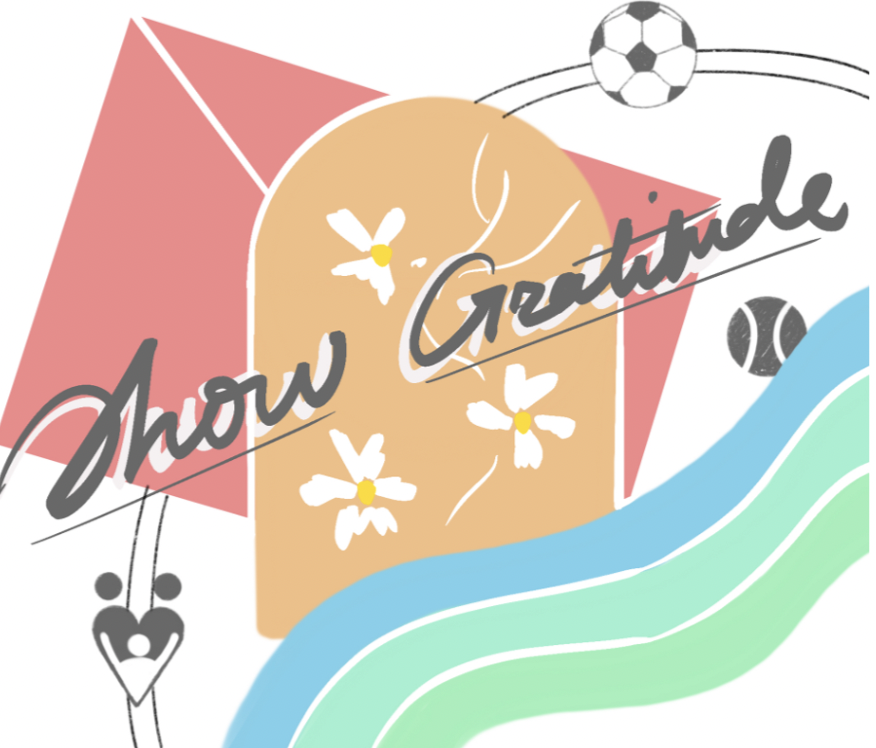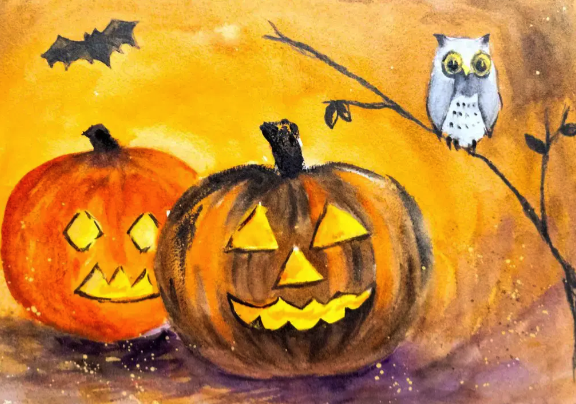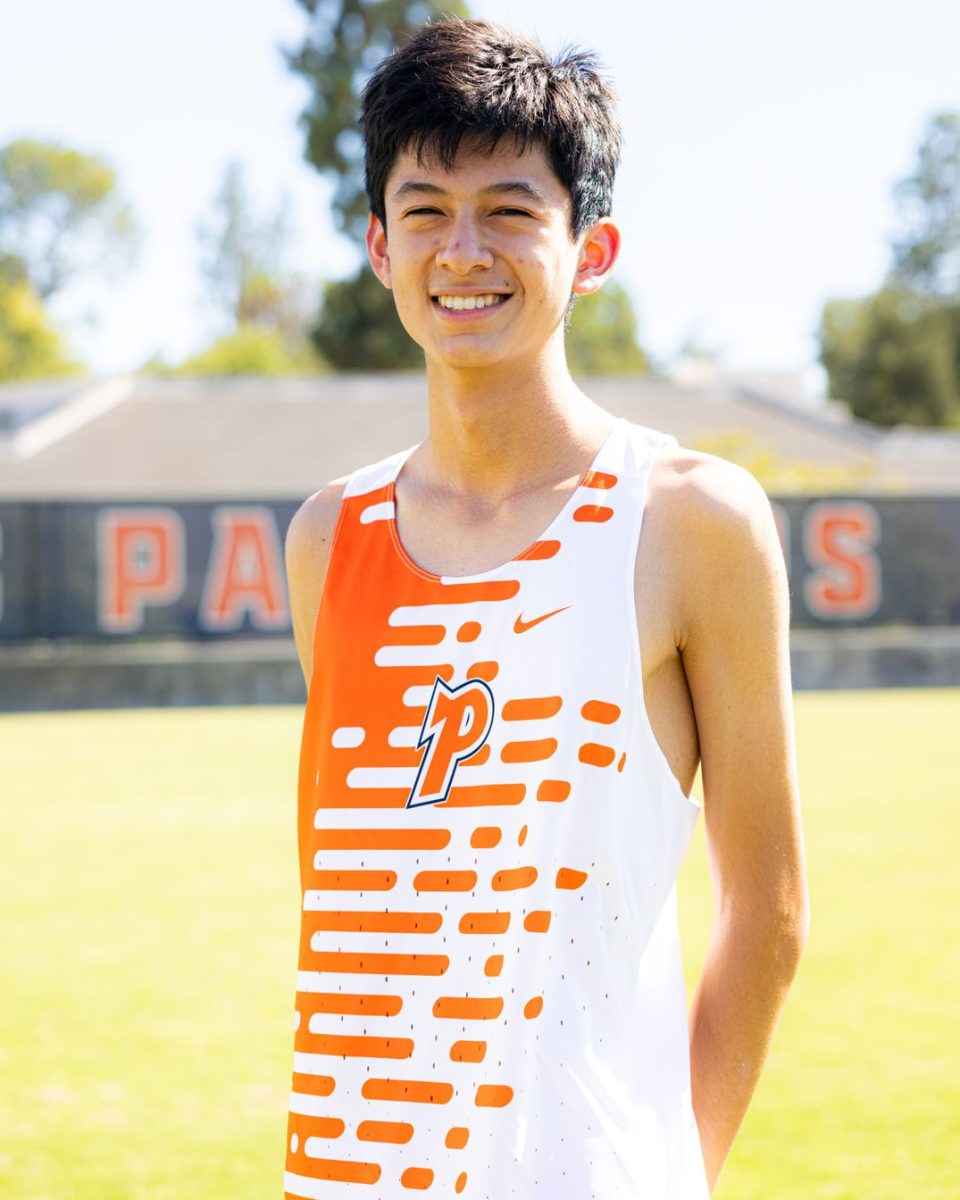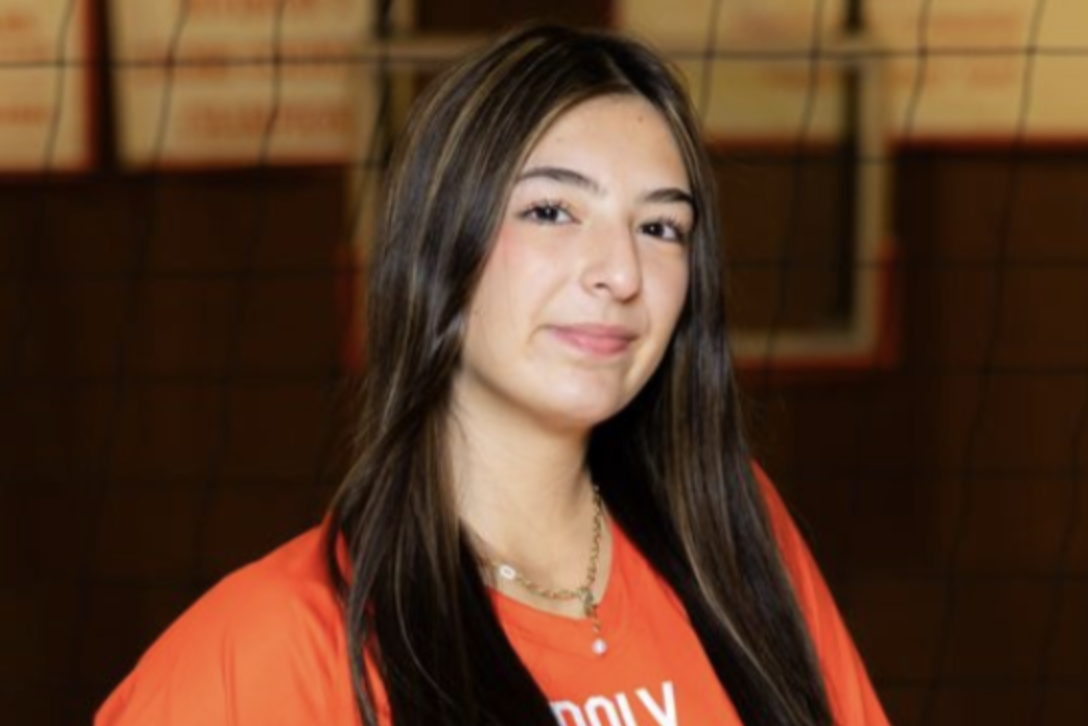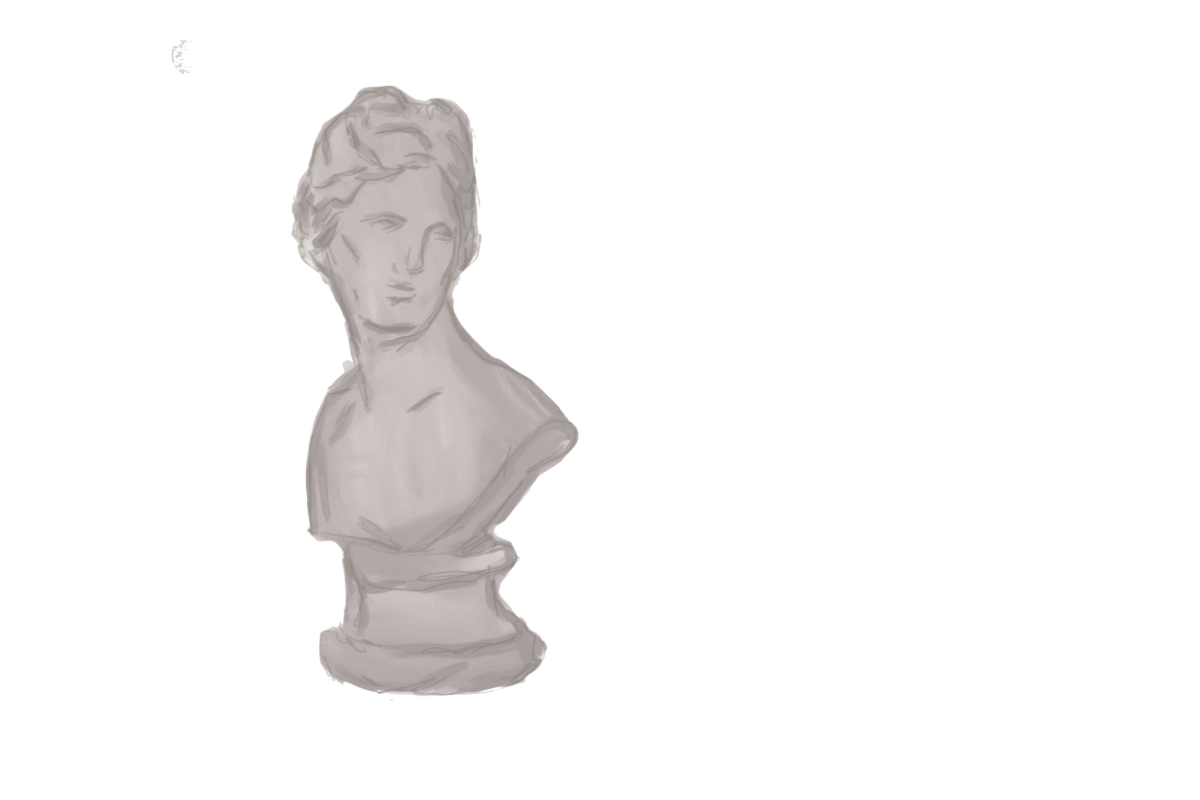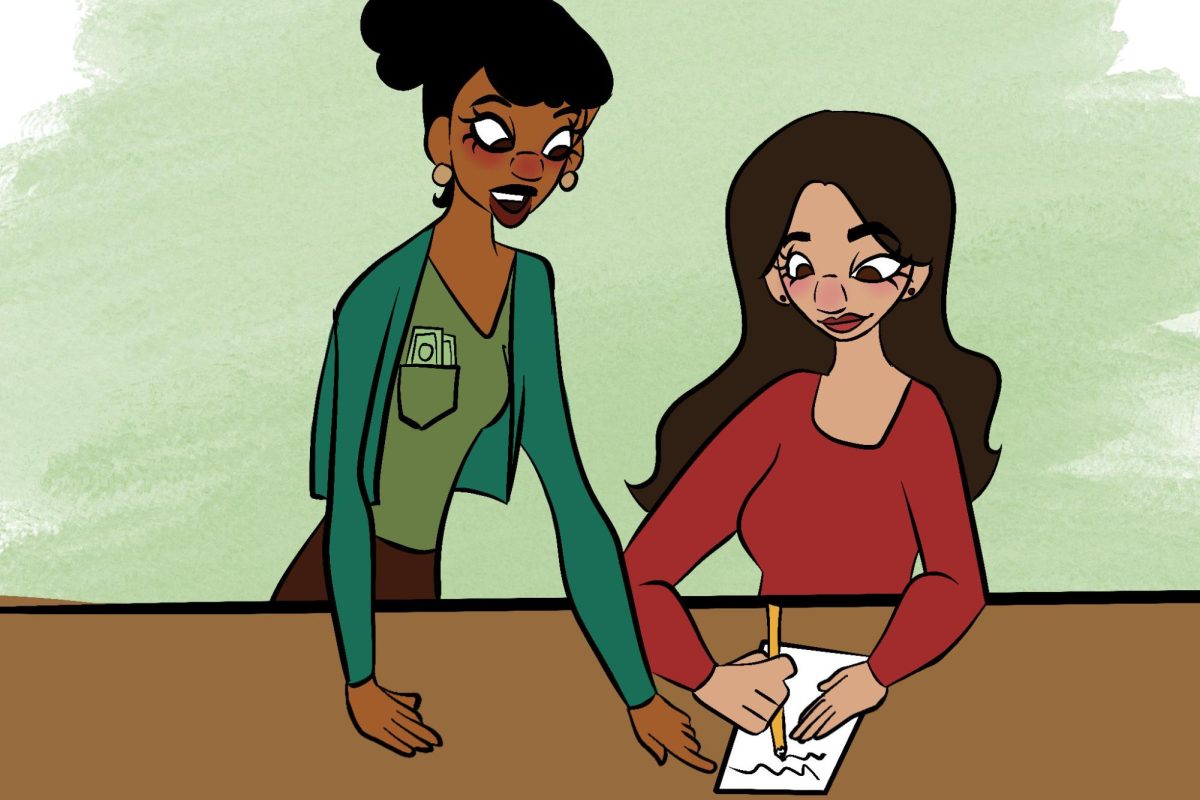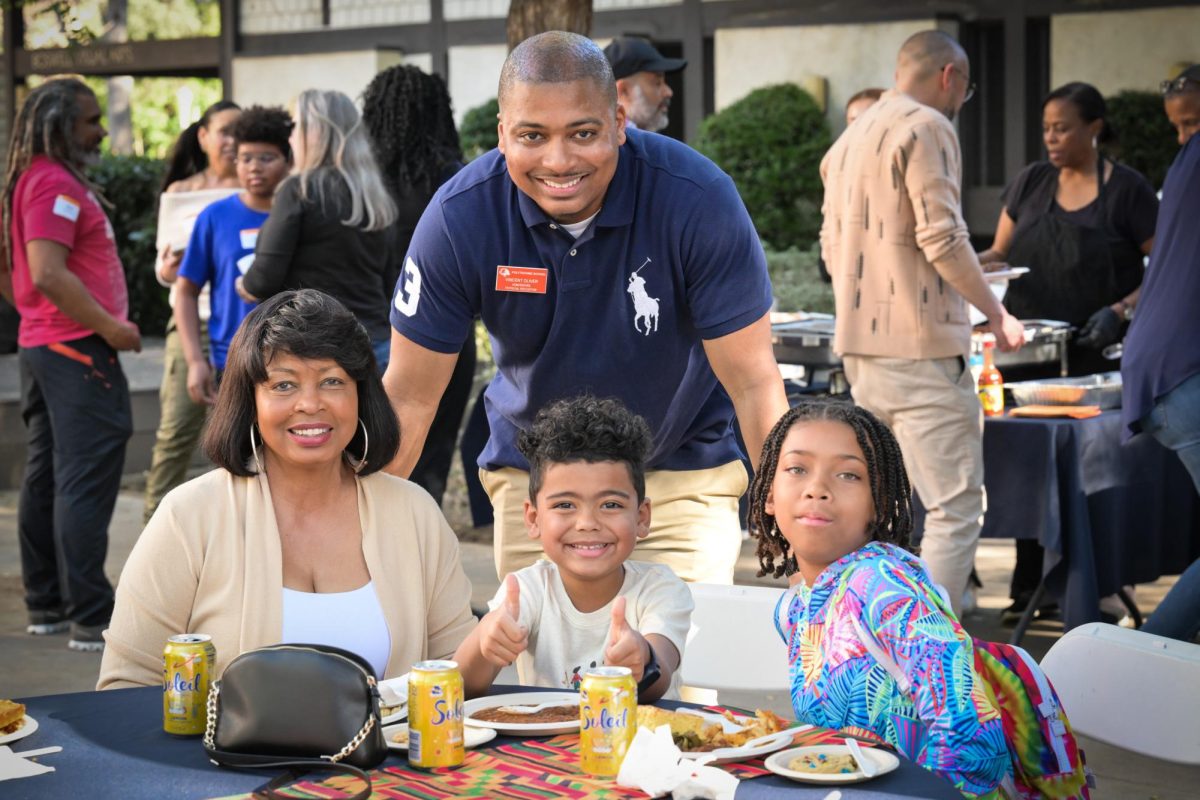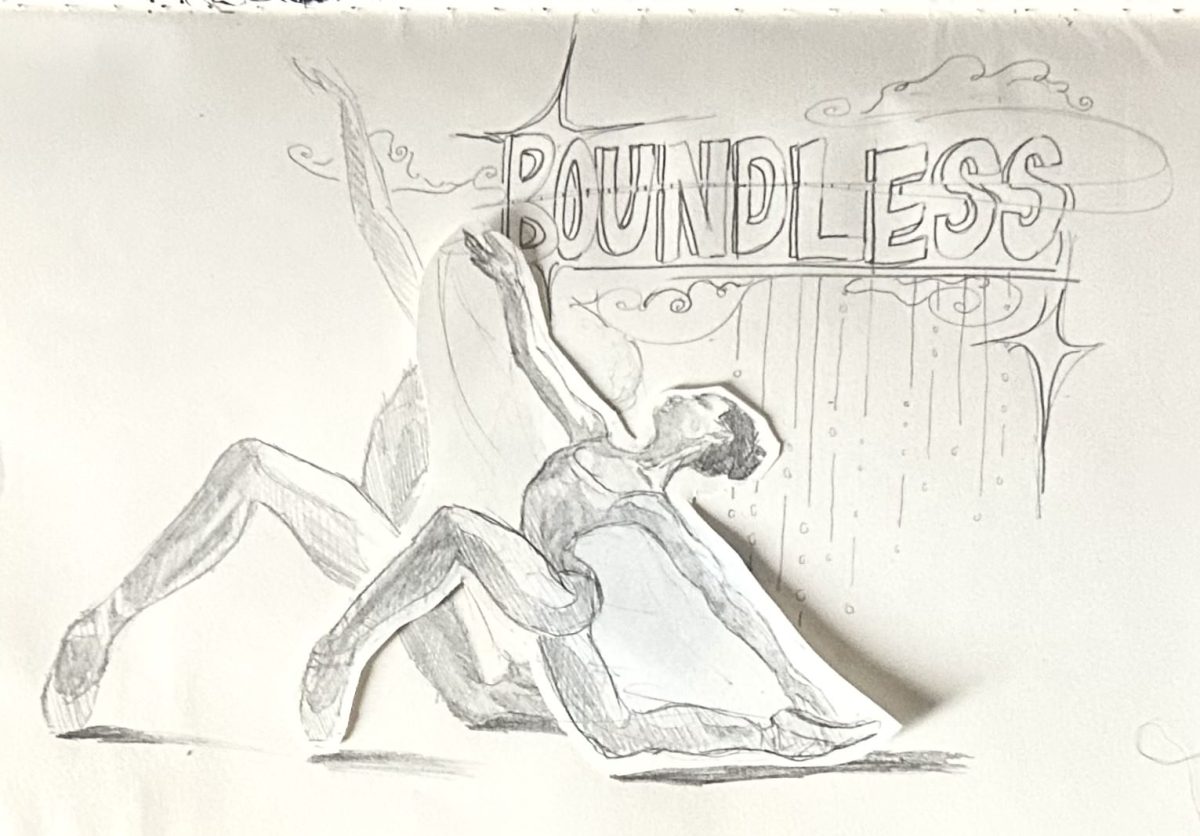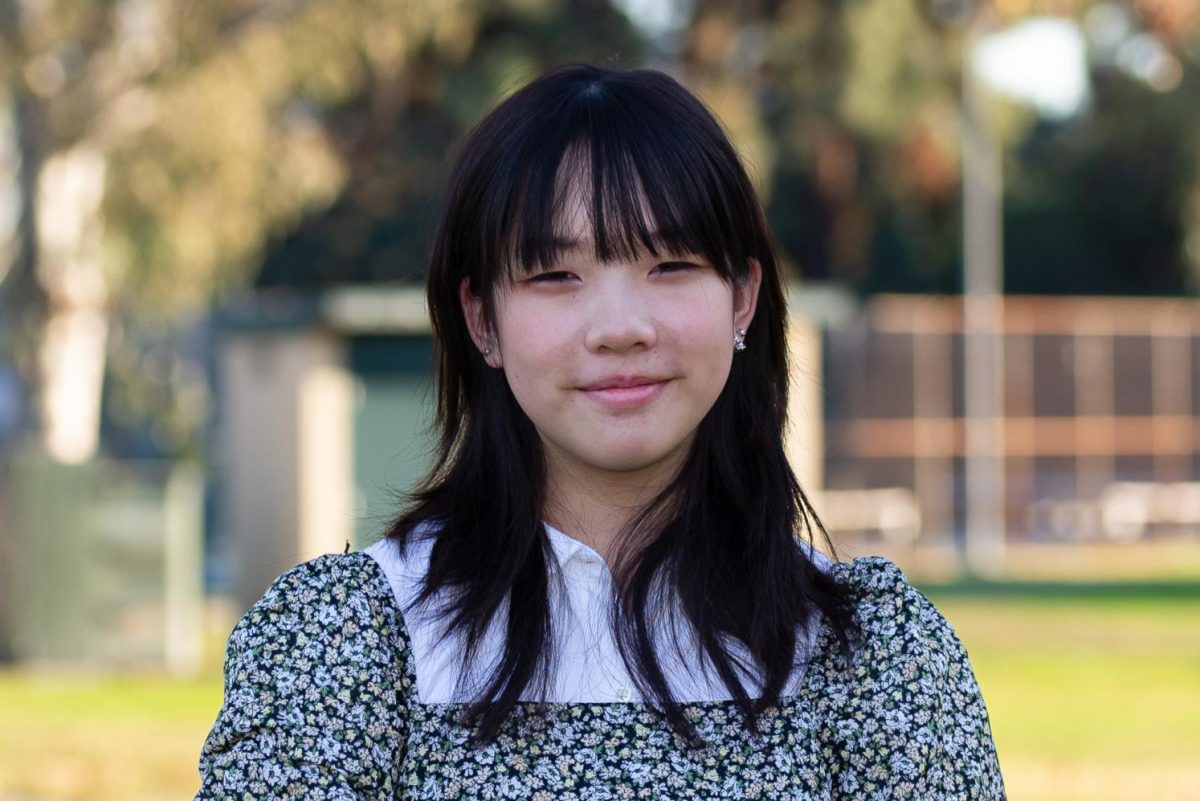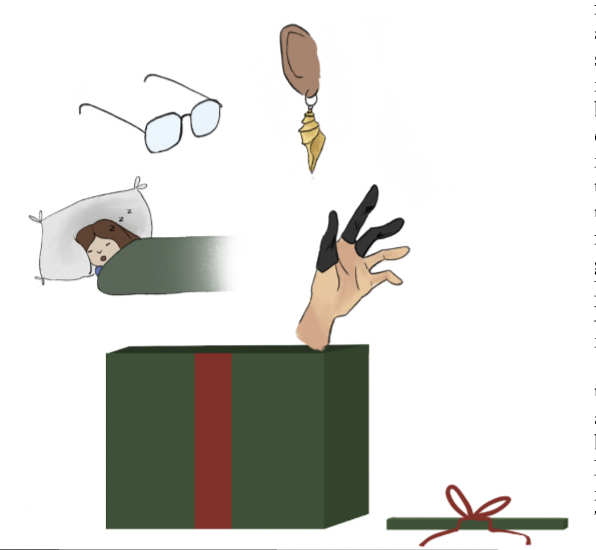Senior Carolyn Wu has been a dynamic artist throughout their time at Poly. Their affinity for specific artistic mediums has ebbed and flowed; nevertheless, Wu has carefully fused their creative, technical and scientific passions into many works.
As a child, Wu enjoyed drawing and painting, but that interest took a backseat for several years. “I would say from third grade all the way up to freshman year I didn’t do art. I was fully focused on STEM,” Wu noted. “In high school, when I started doing art again, it was more serious – that was when I started actually studying with observational drawings. I also think my robotics experience has played a big part in the way I approach my art and my creative process.”
Indeed, Wu recently moved from creating strictly two-dimensional drawings and paintings to using unconventional textural methods, like sewing and zine-making as well as developing three-dimensional designs that incorporate art into practical product creation. In the future, Wu plans to apply their knowledge from engineering and robotics to creating apparel, industrial products, and architectural design.
Wu’s scientific interests have transferred to an almost research-based design approach when it comes to making art. They said, “I think my approach is more goal-based and problem-solving-based rather than just letting my creative ideas go wild on paper. I think I approach it very methodically.”
Wu’s work is characterized by meticulous planning and execution, which often starts with a clearly envisioned end product. Recently, Wu has pushed themself to let the pieces guide them as they work and, if needed, deviate from initial plans. They noted that this approach has led to unexpected results that typically still encapsulate the themes and expressions that they originally aimed for.
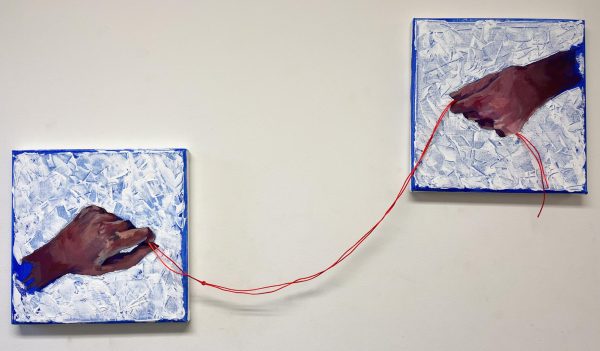
Melody Huang, a fellow senior, began dancing with Wu at the same studio several years ago. Now, the two are close friends. Huang said, “Wu is super detail-oriented and very precise. Even through dance, you can see it – very, very hard working. There have been numerous times where they should’ve sat out because of an injury, and they’re like, ‘I’m gonna keep doing dance!’”
Since then, Huang has witnessed the evolution of Wu’s visual artwork and even modeled for their clothing and photography. She noted that Wu’s creative spirit is tangible in their work: “If you look at some of their digital artwork, it’s layers upon layers – clearly well thought-out – which I think adds to it. You can tell how much work was put into a piece,” said Huang.
Last year, Huang presented Wu’s work for the Asian American Alliance’s art showcase assembly, which reflected on Wu’s cultural identities and relationships as a Chinese-American. One of these pieces was an amalgamation of drawn panels, made with Chinese calligraphy ink, acrylic and graphite, embroidered and sewn together by thick red string. The piece expressed Wu’s relationship with their Chinese culture, referencing the Red Thread of Fate, the Chinese mythological belief that a red string ties a person to their true, destined, loved ones.
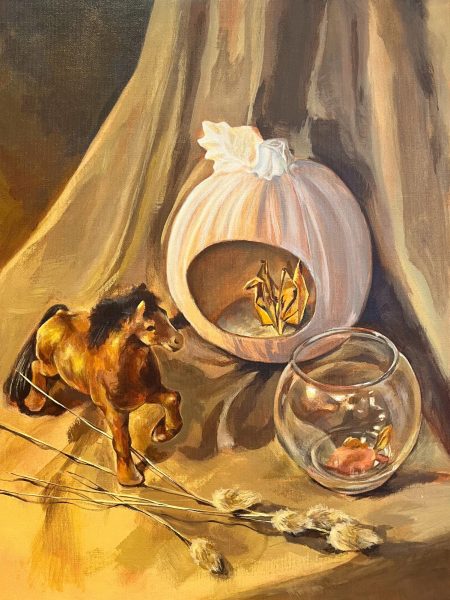 However, Wu noted that their art is rarely inspired by simple, real-world observations. Rather, Wu takes inspiration from other artists’ interdisciplinary creations, including exhibition artists, films, dance and photography. Wu mentioned the viral and controversial 2016-2019 installation at the Venice Biennale by Chinese artists Sun Yuan and Peng Yu, in which a rotating robotic arm repeatedly swept a blood-like substance from the floor, seemingly in a fruitless attempt to clean it. While the public criticized the piece, Yuan and Yu’s creation inspired Yu because of its philosophical meditation on technology through artwork.
However, Wu noted that their art is rarely inspired by simple, real-world observations. Rather, Wu takes inspiration from other artists’ interdisciplinary creations, including exhibition artists, films, dance and photography. Wu mentioned the viral and controversial 2016-2019 installation at the Venice Biennale by Chinese artists Sun Yuan and Peng Yu, in which a rotating robotic arm repeatedly swept a blood-like substance from the floor, seemingly in a fruitless attempt to clean it. While the public criticized the piece, Yuan and Yu’s creation inspired Yu because of its philosophical meditation on technology through artwork.
From pieces like Wes Anderson’s film “Moonrise Kingdom,” and from weekly art classes to an OTIS College of Art and Design summer program, Wu has routinely sought out creative makers and environments that will encourage them to continue crafting their own identity as an artist.



